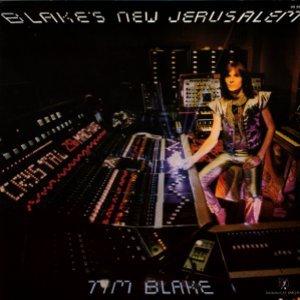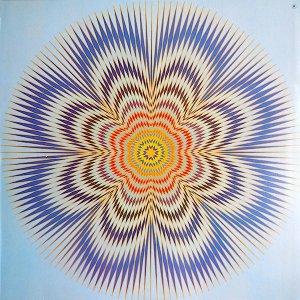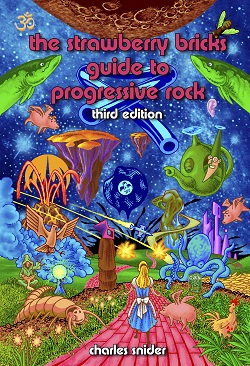Blake's New Jerusalem


| Tracklist | |||
| A1 | Song For A New Age | 5:00 | |
| A2 | Lighthouse | 6:45 | |
| A3 | Generator (Laserbeam) | 3:46 | |
| A4 | Passage Sur La Cité (Des Révélations) | 7:30 | |
| Notes: |
Synthesizer [Mini Moog] - Jean-Philippe Rykiel |
||
| B | Blake's New Jerusalem | 16:13 | |
| Notes: |
Lyrics By - William Blake |
||
Artwork By [Cover Art] - Doris Rutzel
Artwork By [Graphics & Cover Supervision] - Brigitte Perron
Engineer [Additional Engineering At L'aquarium] - Dominique Blanc-Francard
Engineer [Additional Engineering At Ridge Farm] - Dave Stewart
Engineer [Additional Engineering At Ridge Farm] - Simon Heyworth
Engineer [Additional Engineering At Studio Barclay] - Gerhard Lehner
Engineer [Additional Engineering At Studio Barclay] - Pierre Dobler
Executive Producer - Fabrice Cuitad
Other [Electro Magnetic Radiation] - Patrice Warrener
Other [Galactic Space Crew] - David Id
Other [Galactic Space Crew] - Loïc Staub
Other [Recording Equipment Hire] - Phil Newell
Photography [Cover Photo] - Philippe Denis
Synthesizer [Ems Custom Synthesizers, Roland 100 System, Mini Moog, Arp Omni, Korg Polyphonic Ensemble], Guitar [Ovation & Glissandoz], Vocals, Performer, Written-by, Composed By, Recorded By, Engineer - Tim Blake
Technician [Turbo Sound P. A. System] - Tony Andrews
Includes a black and white insert sheet with lyrics and credits.
Recorded spring to summer full moons - 1978 at Ridge Farm - Capel - Sussex - England and Studio Barclay - Paris.
"Blake's New Jerusalem" is based on the poem "Jerusalem" by William Blake (died in 1878).
SACEM
℗ 1978 Barclay
Distribution C.P.F. Barclay

